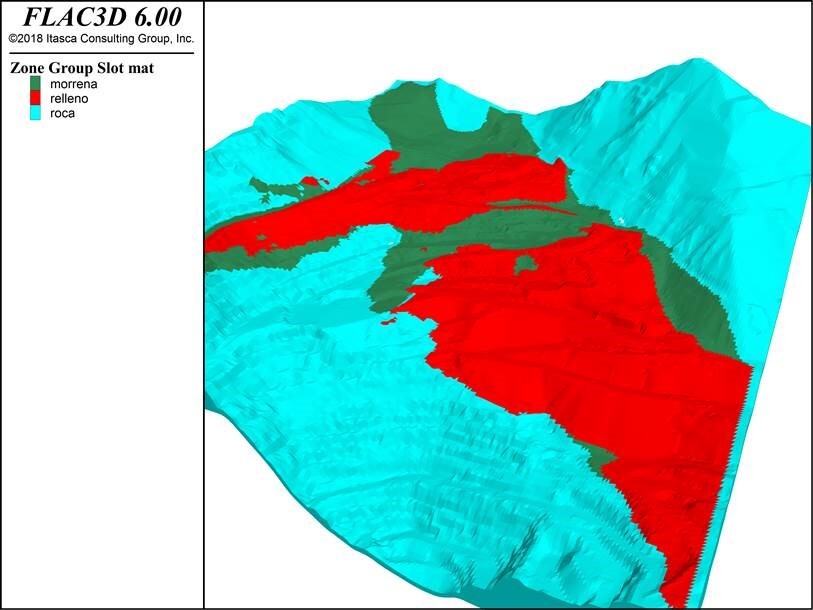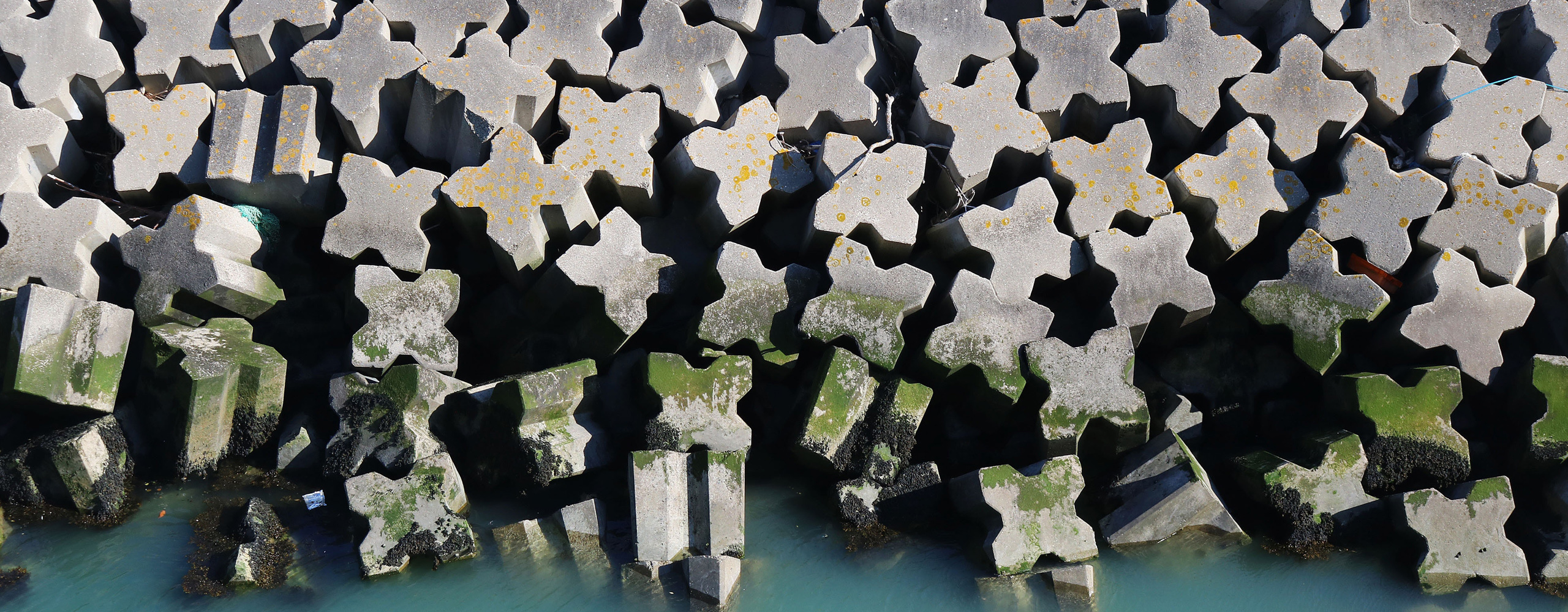Itasca specializes in the assessment of slope stability and design of pit slopes on bench, inter-ramp, and global mine scales. Itasca performs slope, instrumentation, and remediation design at many of the world’s largest open pit mines. Expertise in slope stability is not limited to open pit slopes. The company also routinely analyzes the static and dynamic stability of waste dumps, leach piles, and tailings dams.
Specific services provided include:
- geotechnical mapping and assessment of rock mass structure and in-situ properties for use in design,
- blast design,
- specification of instrumentation for monitoring slope movements,
- numerical modeling for assessment of stability and design,
- specification of slope remediation programs,
- hydrogeologic investigation, monitoring, modeling for mine water management, dewatering/depressurization, environmental impact assessment, and permitting
- geochemical investigation, monitoring and prediction of water quality of mine water and pit lake, and
- dewatering and coupling of the dewatering program to geotechnical stability of the slopes.
Itasca is particularly well-known for examining difficult problems involving slope instabilities and remediation methods. Itasca pioneered the use of accurate and efficient methods to determine safety factors using numerical methods that use the shear-strength reduction (SSR) technique, which allows failure surfaces to develop naturally—an important advantage over more traditional limit-equilibrium solutions that are restricted to prescribed failure surface geometries (circular, log spiral, segmented, etc.). SSR can also be extended to estimate failure probabilities, which are important in risk assessments.
Itasca engineers use a range of approaches to design and analyze mine slopes, ranging from analytical methods, empirical data, and numerical modeling. Itasca is recognized as a world-leader in the development and application of geomechanical and hydrogeological computer models. FLAC and FLAC3D are often used for soil or highly fractured rock slopes and simple groundwater analyses. For more comprehensive groundwater flow analysis, Itasca typically uses MINEDW, although other software such as MODFLOW, SURFACT, and FEFLOW are sometimes used where appropriate. UDEC and 3DEC are used for slope assessments where large-scale geologic structures impact slope movements. PFC is also used in conjunction with jointing and faults where rock bridging is important, or to assess rock mass strength over a range of mine scales. SLOPE Model is based on PFC, but with simplified physics and a dedicated slope stability interface to expedite analyses. KATS (Kinematic Analysis Tools for Slopes) assesses instabilities caused by daylighting wedges and planar failures formed when different structural sets interact with the orientation of a given slope. KATS performs a probabilistic or deterministic assessment of the behavior of numerous slope configurations defined by many structural domains and many orientations and geometries of the slope.

